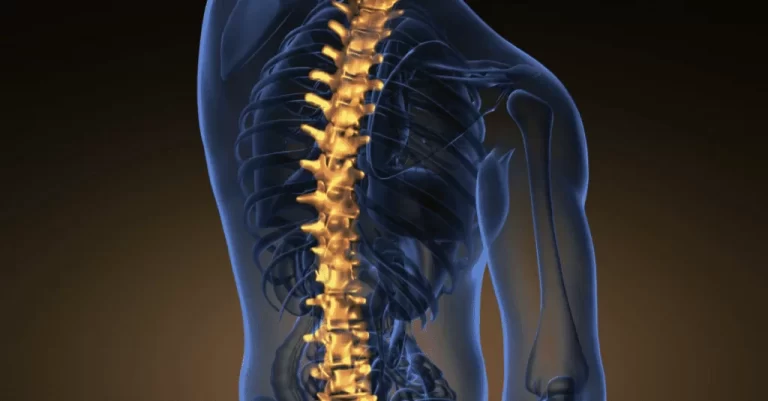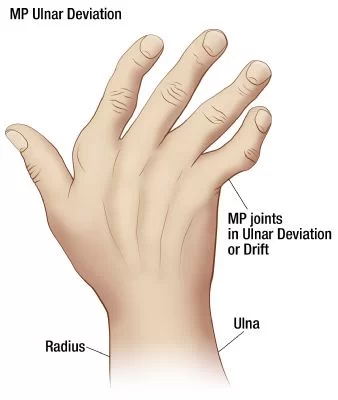Metabolic Acidosis
What is Metabolic acidosis?
Metabolic acidosis is a medical condition characterized by an excessive accumulation of acid in body fluids, resulting in a decrease in blood pH. It occurs when there is either an overproduction of acid, a decreased excretion of acid, or an excessive loss of bicarbonate, a base that helps regulate the body’s acid-base balance.
The buildup of acid in the body caused by renal disease or kidney failure is referred to as metabolic acidosis. The signs of having too much acid in your physiological fluids include inadequate acid excretion, excessive acid production, or an inability to keep a healthy balance of acid in your body.
Causes of Metabolic acidosis:
- When molecules referred to as ketone bodies accumulate due to uncontrolled diabetes, diabetic acidosis results.
- When the body loses too much sodium bicarbonate, which can happen with severe diarrhea, hyperchloremic acidosis results.
- Kidney disease.
- Lactic acidosis.
- Poisoning by aspirin, ethylene glycol, or methanol.
- Severe dehydration.
- Cancer.
- Carbon monoxide poisoning.
- Drinking too much alcohol.
- Exercising vigorously for a very long time.
- Liver failure.
- Low blood sugar.
- Medicines, such as salicylates, metformin, and antiretrovirals.
- Meals.
- prolonged oxygen deprivation caused by heart failure, shock, or severe anemia
- Seizures
- Diabetes-related acidosis: When your body accumulates ketone bodies as a result of untreated diabetes, acidosis associated with diabetes results. When your body converts fats to energy, ketone bodies are created. Without glucose, your body uses ketone bodies as an energy source.
- Hyperchloremic acidosis: When too much sodium bicarbonate leaves your body, hyperchloremic acidosis sets up. If you have severe diarrhea or take too many laxatives, it might happen.
- Lactic acidosis: When your body produces too much lactic acid, a condition called lactic acidosis occurs. When you don’t have a lot of oxygen in your body, your red blood cells and muscle cells make lactic acid, an organic acid, as a source of energy. Liver failure, low blood sugar, alcohol use disorder, cancer, and strenuous activity are some of the causes.
- Renal tubular acidosis: When your kidneys don’t move enough acids into your urine, renal tubular acidosis occurs. Your blood gets more acidic as a result.
Signs and symptoms of Metabolic acidosis:
- Tachycardia.
- Confusion or dizziness.
- Feeling very tired.
- Loss of appetite.
- Headache.
- Rapid breathing or long, deep breathing.
- Nausea and vomiting.
- Feeling weak.
- Breath that smells sweet or fruity.
- Loss of appetite.
What is the complication of Metabolic acidosis:
- Osteoporosis
- Progression of kidney disease
- Muscle loss
- Endocrine disorders
Osteoporosis:
Your body may lose bone mass as a result of metabolic acidosis. Your risk of fracturing important bones like your hips or backbone may rise as a result. Your risk of fracturing important bones like your hips or backbone may rise as a result.
Progression of kidney disease:
Your renal illness may worsen as a result of metabolic acidosis. It’s unclear how precisely this takes place. renal function declines as acid accumulates, and renal function declines as acid accumulates. The advancement of renal disease may result from this.
Muscle loss:
Your body needs albumin, a protein that is crucial for healthy muscle growth and maintenance. Metabolic acidosis, which also results in a reduction in the amount of albumin your body makes, is the main cause of muscle loss, often known as “muscle wasting.”
Endocrine disorders:
The capacity of your body to keep up with the regular operations of your endocrine system is hampered by metabolic acidosis. Your body may develop insulin resistance as a result of this. If not treated or cured promptly, it may lead to diabetes.
What foods and beverages should I avoid if I have Metabolic acidosis?
Your body may produce more acids if you consume particular foods and beverages. Speak with your doctor about changing your diet before doing so. They can advise you on how to safely add more of the appropriate foods or beverages to your diet. They could also suggest you seek a dietician who focuses on renal disorders.
Your body produces acids in response to the following foods and beverages:
- Meats, including poultry and fish.
- Eggs.
- Cheese.
- Grains.
- Alcohol.
Foods or drinks that produce alkali include:
- Fruits.
- Nuts.
- Legumes.
- Vegetables.
- Alkaline water.
How is Metabolic acidosis treated?
- Medication
- Bicarbonate
- Diet
Medication:
The nonprescription medicines The acids in your body can be balanced with the aid of sodium citrate or sodium bicarbonate. Before using any over-the-counter drugs to treat your metabolic acidosis, see your healthcare physician.
Additionally, your doctor could advise you to take inotropes. Inotropes make your heart beat faster, which increases the quantity of oxygen reaching your tissues and decreases the level of acids in your blood. Through an IV placed in a vein in your arm, your healthcare professional can provide inotropes to your body.
Bicarbonate:
Everybody needs bicarbonate in their blood. Low blood bicarbonate levels are a sign of metabolic acidosis. It can neutralize acid since it is an alkali, the opposite of an acid. Our blood is kept from getting too acidic by it. Having healthy kidneys helps you manage your bicarbonate levels. Your renal illness may potentially worsen as a result of low bicarbonate levels. A small number of studies have suggested that using sodium bicarbonate or sodium citrate tablets as a kind of therapy may help prevent the progression of kidney disease. But unless your doctor advises it, you shouldn’t use sodium bicarbonate or sodium citrate tablets.
Diet:
Increasing fruit and vegetable intake may reduce the body’s acid production. This is because meals like meats, eggs, cheese, and cereal grains make the body create acid, whereas fruits and vegetables produce alkali. Depending on your stage of renal disease, your kidney dietitian can advise you on how to safely increase the proper kinds and quantities of fruits and vegetables in your diet.
Summary:
Metabolic acidosis is a clinical condition characterized by a pH of 7.35 and a low HCO3 level. Determining the etiology of metabolic acidosis is assisted by the anion gap. An increased anion gap metabolic acidosis can be brought on by uremia, diabetic ketoacidosis, and salicylate poisoning.
Metabolic acidosis is the term used to describe the accumulation of acid in the body as a result of renal illness or kidney failure. The signs of having too much acid in your physiological fluids include inadequate acid excretion, excessive acid production, or an inability to keep a healthy balance of acid in your body.
FAQ:
What causes metabolic acidosis most frequently?
Intake of drugs or toxins, renal failure, lactic acid, ketone buildup, and HCO3 loss from the kidneys or gastrointestinal tract are some of the causes. Lethargy, hyperpnea, and nausea and vomiting are among the symptoms and indicators of severe instances.
What is metabolic acidosis in ABG?
Patients with diabetic ketoacidosis, septic shock, renal failure, medication or toxin use, and gastrointestinal or renal HCO3 loss exhibit metabolic acidosis. Kidney illness, electrolyte imbalances, protracted vomiting, hypovolemia, diuretic usage, and hypokalemia are a few factors that can lead to metabolic alkalosis.
What are 2 common types of acidosis?
Acidosis may be respiratory-related or metabolic in origin.
What foods reduce acidosis?
Generally speaking, fruits and vegetables are alkalizing, but meals like meat, eggs, cheese, and grains stimulate the creation of acid in the body. However, milk is regarded as neutral, along with fats and carbohydrates, which very slightly affect the acid-base balance.
What is the CO2 level in acidosis?
Your body’s reaction to having too much carbon dioxide in your lungs is respiratory acidosis. Due to the high quantities of CO2, your blood’s pH increases until it reaches beyond 45 mm Hg, at which time it immediately decreases to correct the imbalance.







